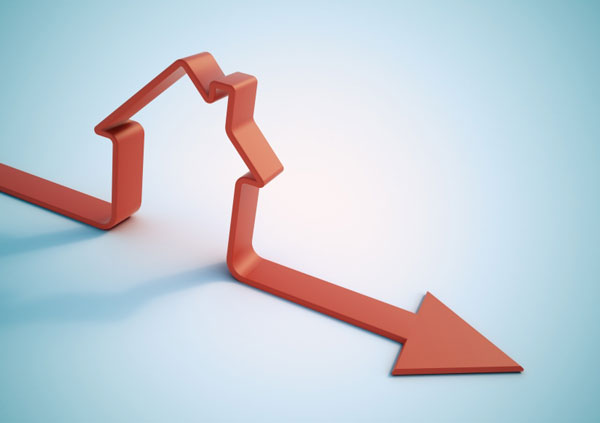News
UK house price growth way below average

House price inflation remains way off its long-term average of 9.4% a year, according to LCP.
Specialist residential investment adviser London Central Portfolio (LCP) has warned that current speculation about a property price bubble is wildly premature, and that house price recovery remains fragile.
It points out that, according to data collected by the Office for National Statistics, average UK annual house price growth since 1969 has come in at 9.4% a year, with property prices on average doubling every seven years.
Current price growth is vastly under the long-term average, with the Land Registry House Price Index recording growth of just 0.67% per year over the last seven years (July 2006 – July 2013). This equates to a fall in real prices of -3.1% p.a, allowing for inflation.
This compares with growth of 13.22% p.a. in the seven years before (1999 – 2006), reflecting the recovery of the housing market after the price doldrums of the 1990s.
According to LCP, the steep drop in prices of 17% in 2009 was not a reaction to growth in the early 2000s but a result of the UK hitting a brick wall during a period of global meltdown. It believes a significant rise in house prices is to be expected as the economy improves.
Hugh Best, head of investment at LCP, said:
“Knee-jerk reactions to short-term movements are not helpful and should be tempered by a proper understanding of market dynamics. Residential property prices in the UK move in cycles. Periods of growth are generally followed by periods of consolidation. A rise one year may be offset by a fall in the next. Capping growth at 5% a year, as RICS suggests, completely ignores this dynamic.”
Naomi Heaton, CEO of LCP, added:
“Any market manipulation has a dangerous precedent. The bust in 1989 was exacerbated by an artificial boom in sales created by tax changes introduced by the Thatcher Government, which coincided with a doubling of base rates to 15% in October 1989, with devastating consequences”.